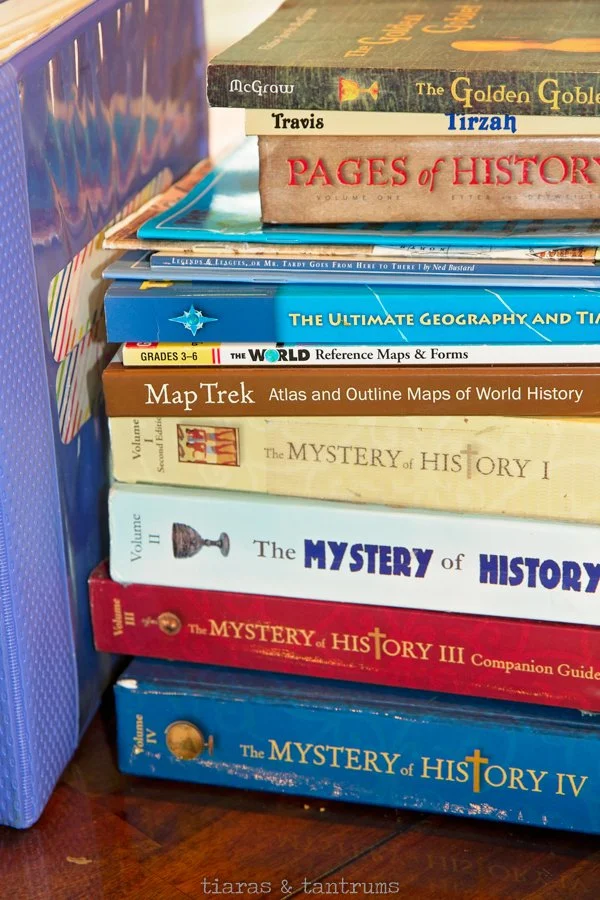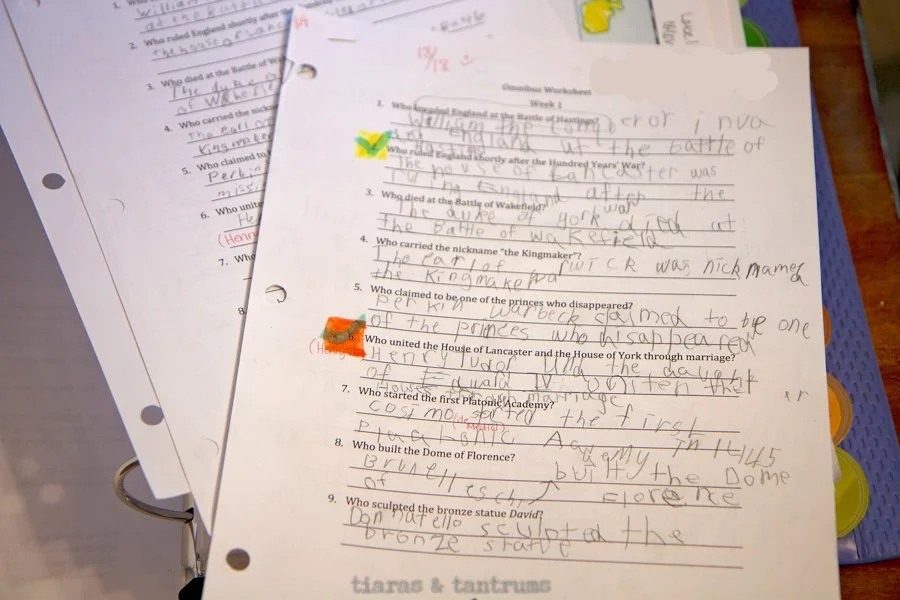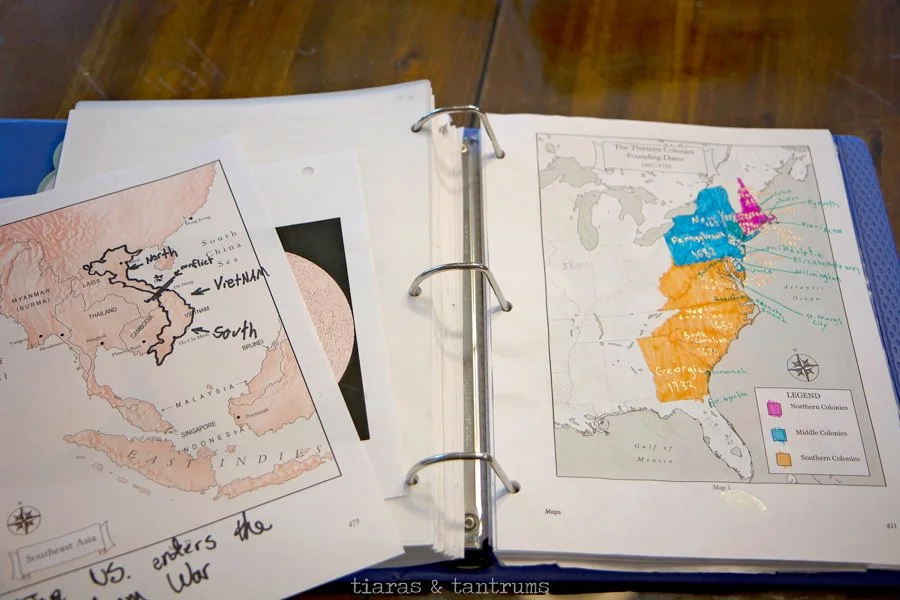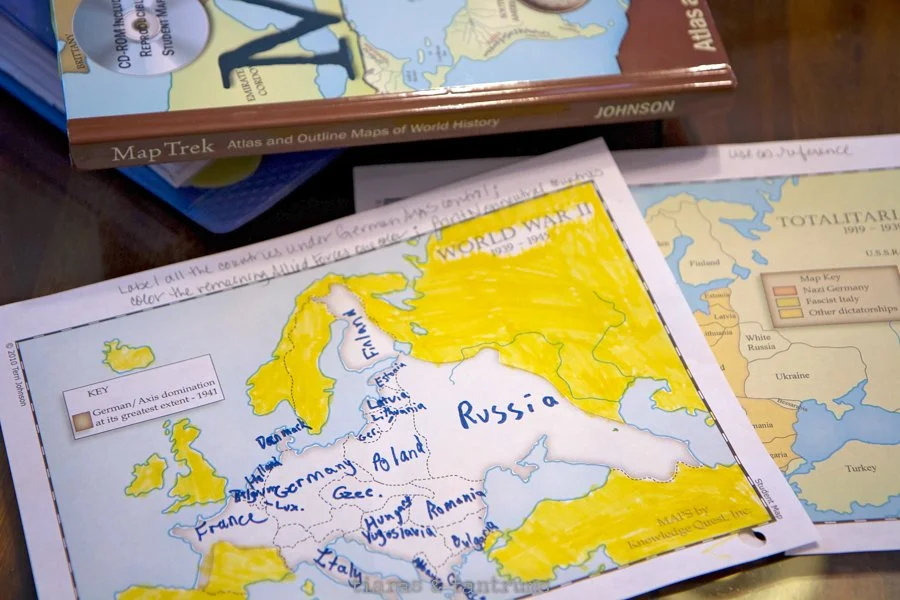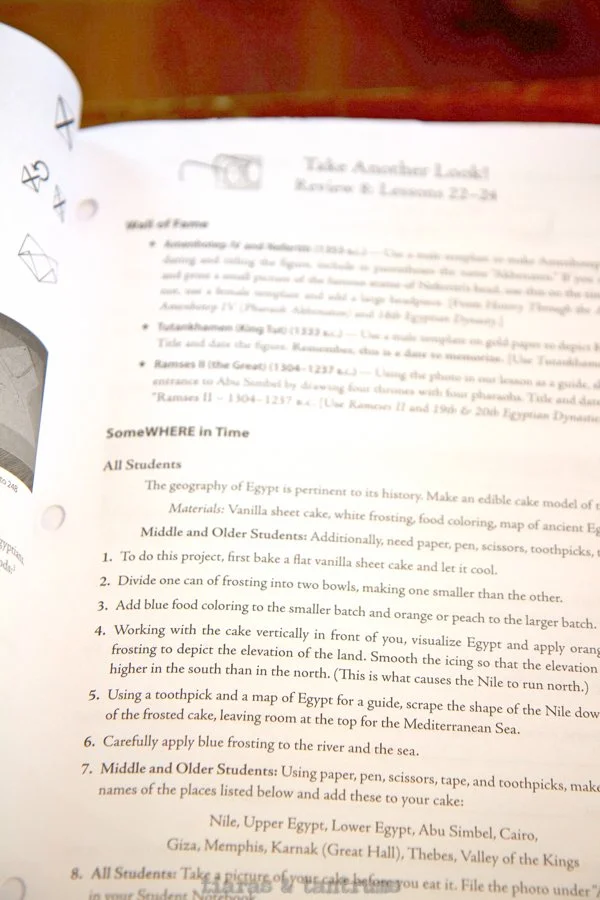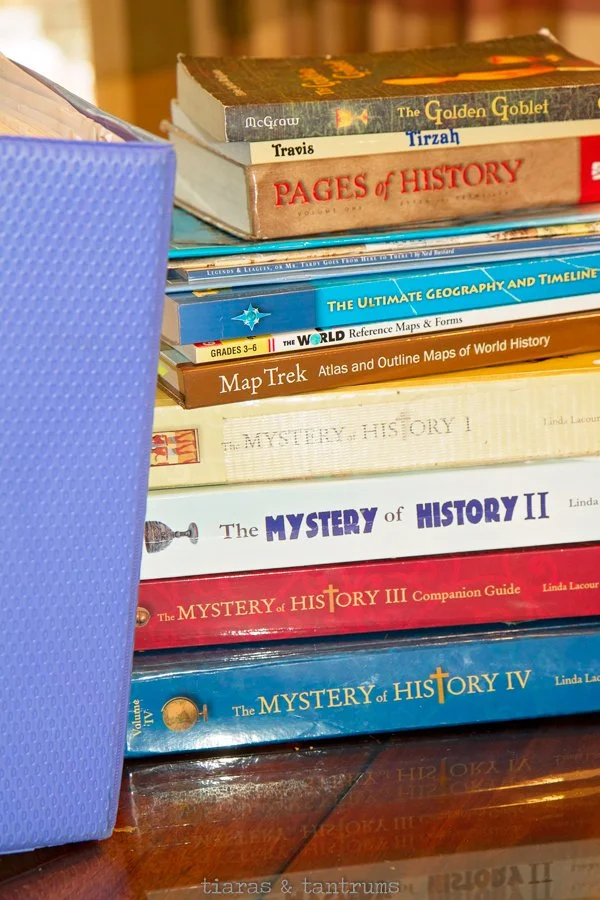How to Use Mystery of History with Multiple Ages of Children
The utilization of Mystery of History with multiple ages of children is a topic of interest for many educators and homeschooling parents. The Mystery of History curriculum is a comprehensive and engaging program that covers the history of the world from a Christian perspective. It is designed to be used with students of various ages and grade levels, making it a versatile choice for families with children of different ages in different grade levels. One of the key advantages of using Mystery of History with multiple ages is the ability to adapt to grammar aged school students.
In most cases, the only purchases that are necessary are the essentials, which consist of the primary textbook (MOH volume 1-4), which also includes answer keys, maps, a list of supplemental books, and other materials. I would also recommend a great atlas and/or globe. Moreover, MOH offers a selection of supplementary convenience products, such as an audio recording of the book and a CD that makes it simple to print out worksheets and maps. Coloring pages, planning pages, notebooking pages, challenge cards, timeline figures and notebook, and folderbooks are some of the supplementary goods that are also available.
This is a list of all of the products that I have either developed or acquired in order to utilize teaching MOH with all three of my children during grammar school.
The Mystery of History Volumes
The Student Bible Atlas by Tim Dowley
Historical Atlas
Map Trek The Complete Collection by Terri Johnson
Printable Reproducible CD
Coloring Pages
Weekly Worksheets
Notebooking Pages
Time Line Figures
How To Use Mystery of History with Multiple Ages of Children
All three of my children, who were always at different grade levels during grammar school would gather together for our history lesson in the time that was designated for our homeschool plan. The following details are how I home educated with MOH each week for the entire school year. We have always completed history lessons together. My exercises are broken down into several levels for each grade level, and always begin by reading together as a group.
The Mystery of History is broken up into weeks, and each week consists of three distinct lessons (which may include activities that are optional). In addition, there is weekly work on a timeline, map work, and either an exercise or a quiz. I teach the three lessons from Monday through Wednesday, and then I utilize Thursday and Friday to work on review assignments, supplemental materials, and any other extras that may be necessary and FUN!
The first lesson is the one that we work on on Mondays. Over the course of the class, I read it out loud to all of my children, pausing occasionally to ask questions and elaborate on key aspects. My youngest child would normally color the coloring page that corresponds to their level, while my middle or older children in higher levels of grammar (or even students in middle school) use the notebooking page that I designed to take notes.
Every other week or every three weeks, we will have a cooking project, an art project, or a craft project that everyone will have the opportunity to work on or complete independently or collectively. I do not assign one of these supplementals each week as it gets to be too repetitive and then turns boring. My older children will also have Literature books that will be required to read with additional historical assignments. Also, I do have a short 5 question weekly quiz. I do not use the pre-tests or the tests from MOH. I created my own for my children. We all perform varied degrees of mapwork and memorizing each week that correspond to the weekly lessons.
Monday:
Grade 5 and Grade 6
While I read the lesson, my children take notes on the notebooking page.
After the lesson has been read, students will complete the questions for the lesson on the weekly worksheet that I also created.Grade 3 and Grade 4
While I read the lesson, the students will color the coloring page that corresponds to it.
On the notebooking page of the notebook, my children would provide a short summary of the lesson.After the lesson has been read, students will complete the questions for the lesson on the weekly worksheet.
Grade 1 and Grade 2
In the first grade, the student will color a coloring page that corresponds to the lesson while I read it.
Please write one sentence that summarizes the lesson. This step is optional for grade 1 and emerging writers in Grade 2.Kinder and Pre-K: Complete a coloring paper that corresponds to the lesson that I am reading to the Pre-K students.
Tuesday
While we are working on the second lesson on Tuesdays, we continue to follow the same method that we use on Monday.
Grade 5 and Grade 6
While you are reading the lesson, have students take notes on the notebooking page.
After the lesson has been read, students will complete the questions for the lesson on the weekly worksheet.Grade 3 and Grade 4
While I read the lesson, the students will color the coloring page that corresponds to it.
On the page of the notebook, provide a summary of the lesson.After the lesson has been read, students will complete the questions for the lesson on the weekly worksheet.
Grade 1 and Grade 2
In the first grade, the student will color a coloring page that corresponds to the lesson while I read it.
Please write one sentence that summarizes the lesson. This step is optional for grade 1 and emerging writers in Grade 2.Kinder and Pre-K : Complete a coloring paper that corresponds to the lesson that I am reading to the Pre-K students.
Wednesday
In the same manner that we did on Monday and Tuesday, we continue to work on the third lesson on Wednesdays while following the same framework.
Grade 5 and Grade 6
While I read the lesson, my children take notes on the notebooking page.
After the lesson has been read, students will complete the questions for the lesson on the weekly worksheet.Grade 3 and Grade 4
While I read the lesson, the students will color the coloring page that corresponds to it.
On the page of the notebook, provide a summary of the lesson.Grade 1 and Grade 2
In the first grade, the student will color a coloring page that corresponds to the lesson while I read it.
Please write one sentence that summarizes the lesson. This step is optional for grade 1 and emerging writers in Grade 2.Kinder and Pre-K: Complete a coloring paper that corresponds to the lesson that I am reading to the Pre-K students.
Thursday
On Thursdays, we complete the timeline, work on practicing the timeline chant, timeline song, and geography worksheets.
Friday
Friday is the day that we will be reviewing our weekly worksheets and taking the weekly quiz (that I created, not the quizzes from the companion guide, but parents can use the weekly quizzes from MOH). My grammar level students in grade 3, 4, 5 and 6 are the only ones that study history on Fridays and take the short quiz.
There are additional Fridays dedicated to art, projects, and cuisine. Every other week, I have selected a project from the MOH companion book for Grades 3, 4 and 5, but my lower level kids always want to TRY to complete these as well. One week will be an investigative project, then two weeks later, it will be a create project, then two week after that, it will be a locate project (Somewhere in Time).
Each week, students in the grade 3 through 6 will be assigned a number of pages to read in a preselected literature book that corresponds to the MOH material based on reading level and MOH volume. There is a short worksheet that corresponds as well.
There will be no history today for first and second graders.
There will be no history today for Pre-K students.
There will be Unit exams every 21 lessons that I have created for grades 3-6.
More than a decade has passed since we first started using The Mystery of History, and my children really adore it. While we have experimented with a number of different chronological history curricula, MOH has quickly become our favorite. According to my children, it is both enjoyable and interesting, and I am noticing that they are remembering a great deal more material than they did with the historical curriculum that we had previously used. I absolutely adore how simple it is for me to combine all of my grammar school children into a single history lesson, while at the same time retaining the attention of the younger children and posing a challenge to the older children. In addition to that, I adore how easy it is to use.
There is no reason to have to purchase anything other than what MOH offers. The companion Guide does offer, pretests, quizzes, tests and more. I just taught my children in the Classical method and needed to follow that path more closely for our family.
Because some families were very interested in this Classical method integration with MOH, I have created Mega Packs that detail everything I have created and completed with my children over the years of teaching MOH. All volumes are available in my curriculum store.


